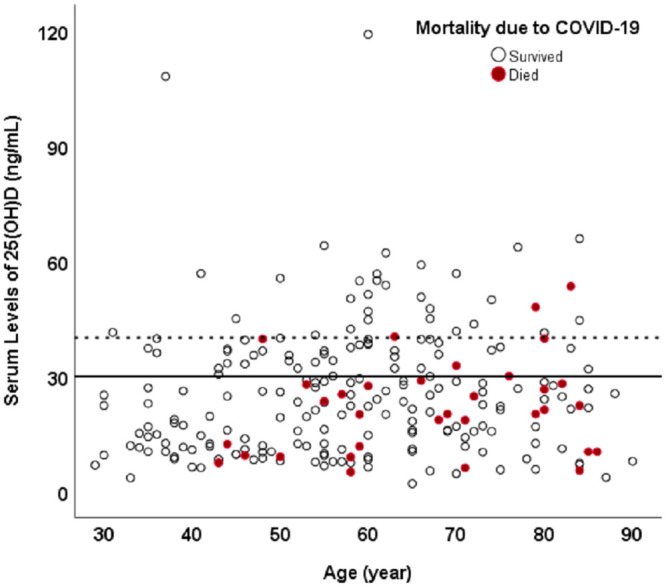Fig 1. The association between vitamin D status and inpatient mortality because of COVID-19.

A scatter plot relating mortality in patients with a serum 25(OH)D level. The red dots represent the inpatients who perished and the black dots represented the patients who have survived. The solid black line separates the patients with vitamin D deficiency/insufficiency (below the solid line) from the vitamin D sufficient patients (above the solid line). The number of red dots (inpatient mortality) above the solid line is significantly less compared to the dots below the line. Also, the trend of reducing inpatient mortality is continued for higher levels of serum 25(OH)D. The dotted line represents a serum level of 25(OH)D of 40 ng/mL. The mortality (red dots) is very rare in patients with serum 25(OH)D of at least 40ng/mL (above the dotted line). An evaluation of mortality in the patient population revealed that no one under the age of 40 years died as a result of being infected with COVID 19. However 16.3% of patients 40 years and older succumbed to the infection. Of the 206 patients who were 40 years and older, 20% had a blood level of 25(OH)D<30 ng/mL whereas only 9.7% who perished had a blood level of 25OH)D of at least 30 ng/mL(p = 0.04). Furthermore only 6.3% of the patients over 40 years of age died with a blood level of 25(OH)D of 40 ng/mL or higher.
